Space

Educators and Parents, Sign Up for The Cheat Sheet
Weekly updates to help you use Science News Explores in the learning environment
Thank you for signing up!
There was a problem signing you up.
-
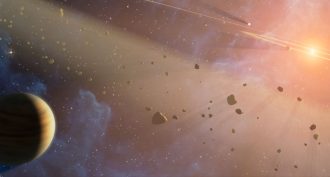 Planets
PlanetsAsteroid impacts may have sparked life on Earth
The energy produced by comets and asteroids that collide with Earth may have been strong enough to start life.
-
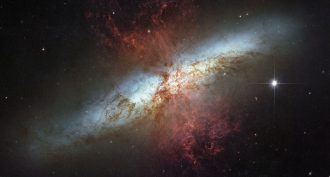 Physics
PhysicsLight robs galaxy of star-making gas
Stars form from clouds of hydrogen and other gases. Astronomers have found the light from newborn stars can drive off that gas. That action can starve a galaxy of the ingredients needed to make more stars.
-
 Earth
EarthEarth’s most common mineral finally gets a name
A half-century search for samples of Earth’s most abundant mineral has ended. This stuff forms only deep in the rocky layer surrounding our planet’s core. But scientists found bits of it in a meteorite that fell in 1879. And finally, this bridgmanite gets a name.
-
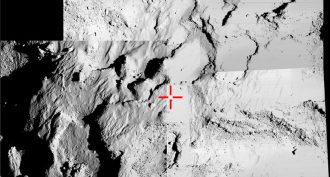 Planets
PlanetsComet probe may shed light on Earth’s past
Scientists spent more than two decades setting up Philae’s months-long investigation of a comet. What they hope to learn could shed light on Earth’s childhood — and the source of its water. But that’s if problems with Philae’s landing don’t cut the robot’s life span.
-
 Planets
PlanetsPicture This: Falling to a comet
After a more than decade-long ride, a robotic lander has left its spacecraft and floated down onto the surface of a comet. From there it should begin scouting for hints at how our solar system formed.
-
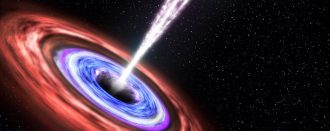 Physics
PhysicsEscape from a lab-built black hole
In the 1970s, physicist Stephen Hawking suggested that some particles could escape a black hole. An experiment now shows how, using a lab-made black hole ‘made’ from sound.
-
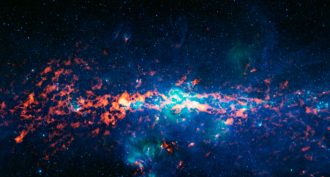 Chemistry
ChemistrySpace cloud may hold clue to life’s origins
Scientists probing a cloud of dust and gas some 26,000 light-years away found a chemical with a structure resembling molecules critical for all life on Earth.
-
 Planets
PlanetsDistant world hosts water
One measure of an extraterrestrial world’s potential for supporting life is the presence of water. The Neptune-size HAT-P-11b fits that criterion.
-
 Planets
PlanetsThis moon’s surface slides, just like Earth’s
Europa is one of Jupiter’s giant, icy moons. Scientists say it has plate tectonics, which means its surface is covered by moving, giant slabs.
-
 Planets
PlanetsAsteroids: A stepping stone to Mars?
NASA's Asteroid Redirect Mission, designed to capture and move an asteroid, may be a step toward getting to Mars. But not everyone agrees it's the right step.
-
 Planets
PlanetsAsteroids: Avoiding an Earthly smashup
Any of nearly 1,500 asteroids could hit Earth. Experts want to learn more about the space rocks — and maybe even bump them off course.
-
 Planets
PlanetsExplainer: What are asteroids?
Leftovers from the creation of the solar system, asteroids are space rocks that orbit the sun. Let’s hope the big ones never become meteorites.